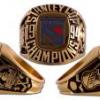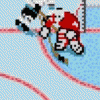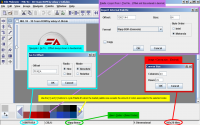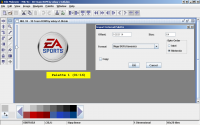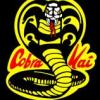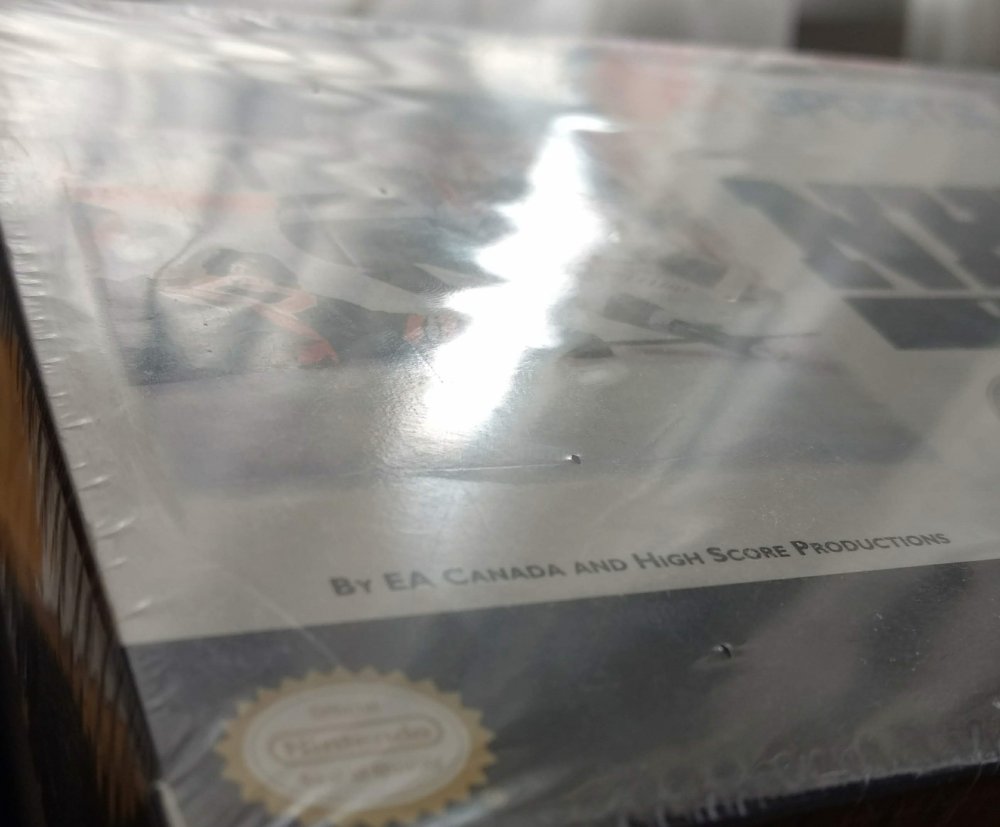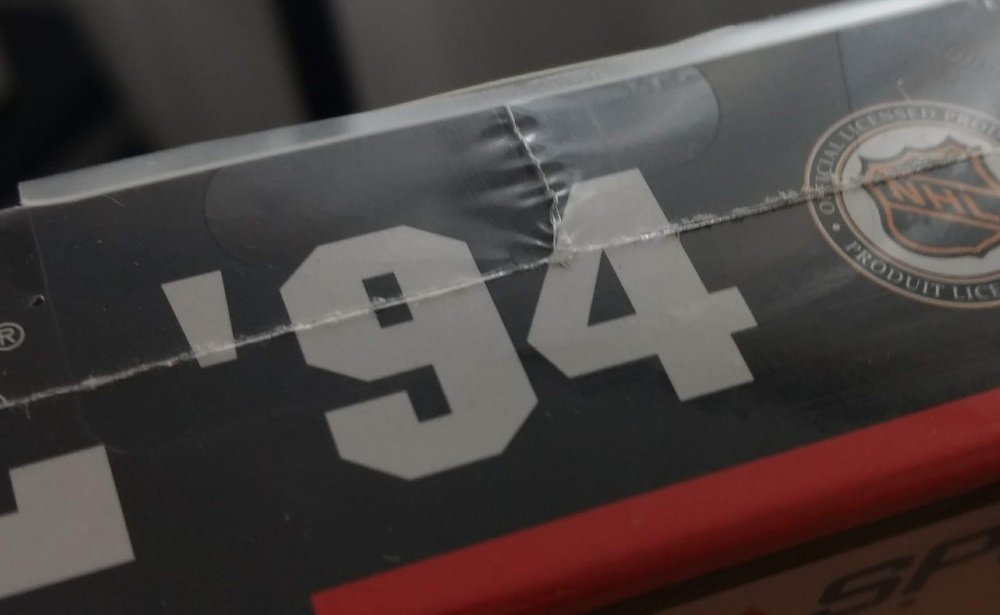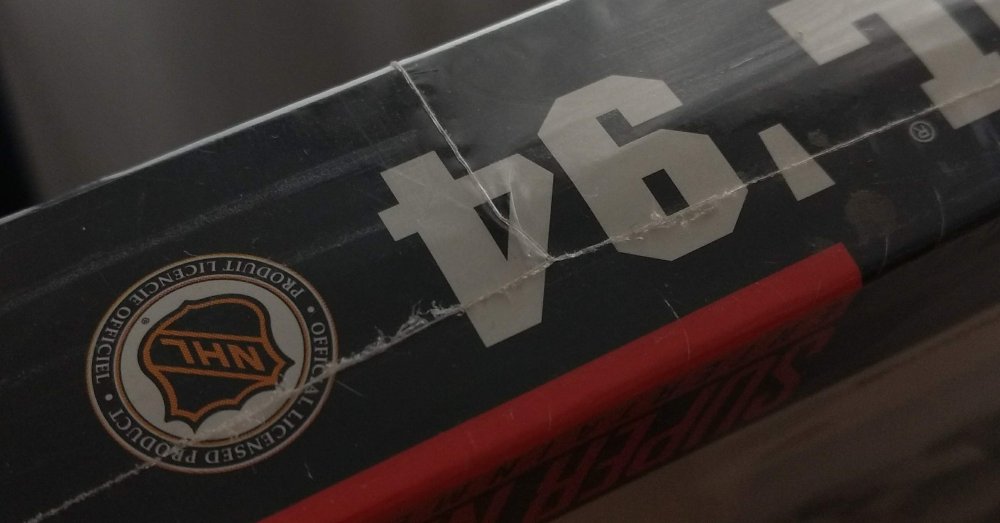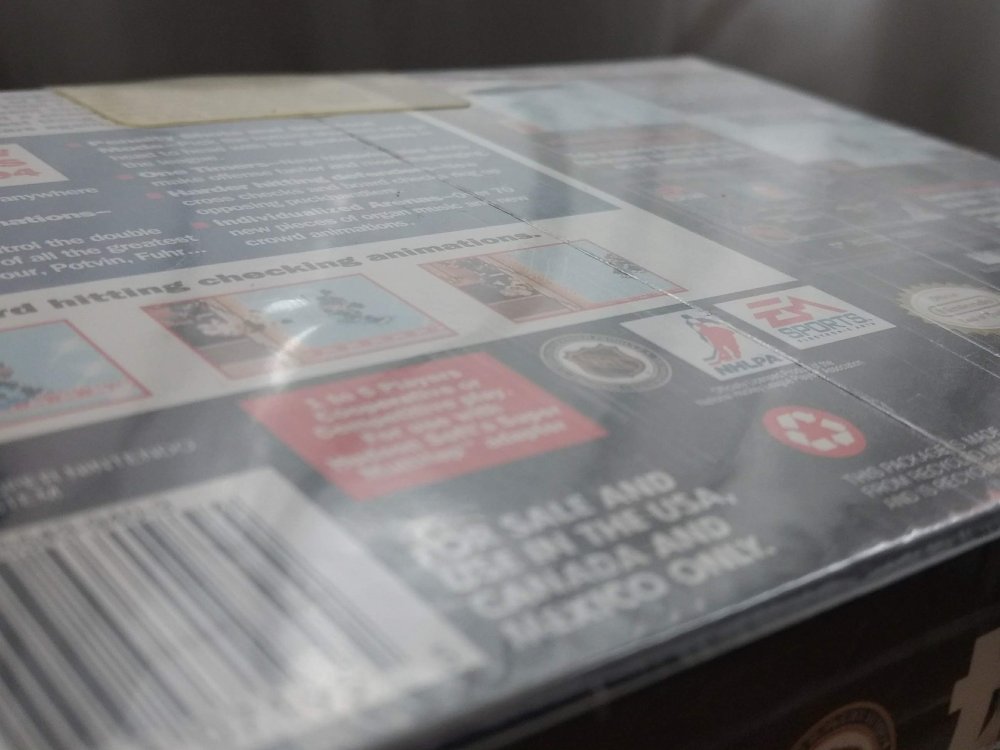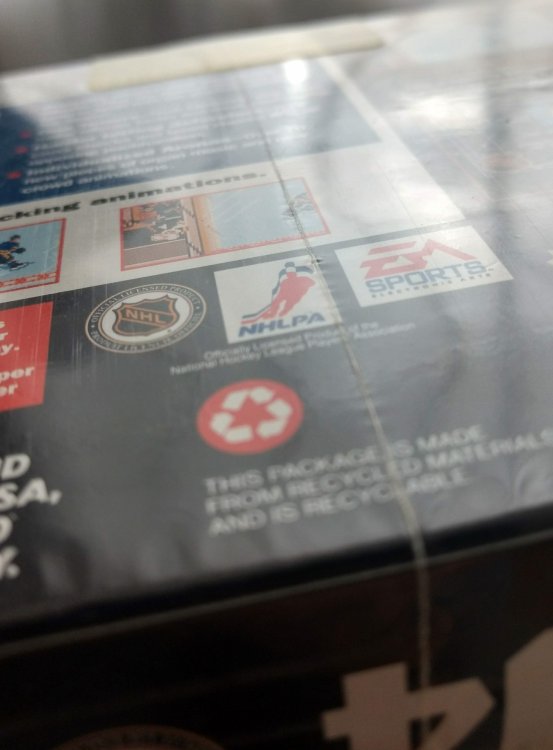Leaderboard
Popular Content
Showing content with the highest reputation on 12/17/2020 in all areas
-
I wanted to document my thoughts about how we can look at a game result and understand what consistently separates (human) players from others. There are differences from "A" vs "B" players, but I want to further look at why guys like Mikhail and @annatar are consistently on top of the SNES side and why me and @angryjay93keep meeting in the finals in Genesis. The outline above represents my original thoughts and I welcome all feedback. In the most simplest terms, I believe there are two things that separate players: Game knowledge/Understanding of the Game Execution / Actually playing the Game Underneath those broad topics, there's a lot more to discuss. This is NOT a strategy guide, but I will highlight some quick thoughts on the topics. And this applies to Genesis and SNES. When I say "game knowledge", that can mean broad understanding, but there are also a granular details that separate the top players. A broad example would be understanding player attributes. A Genesis player trying a slapshot with Wayne Gretzky may not understand he has a weak shot. It may be a good play, but with the wrong player! Another broad example would be where I (kingraph) know how to score in SNES with a deke. However, at a more granular level, I don't have the knowledge of how far back I can shoot the deke, what angles are feasible, etc. than guys like @TheProfessor or other top SNES guys understand. So during the game, I wouldn't even try certain shots (they wouldn't enter my mind), or on the flip side try defend those dekes because I don't perceive them as a possible scoring threat. (I'm learning!) I think most of the "A" players excel in knowledge, but it's important to note that there are still those details that certain players know better than others. There can also be game-changing knowledge that happens. Think CB check that Plabax discovered or the Goalie Dive Across save in SNES that Mikhail has recently introduced. Before Mikhail (very effectively) demonstrated that technique in KO94-4, I didn't see anyone even trying these saves. That knowledge is a differentiator before the game happens. In Genesis, if you're not aware of the rebound goal, you won't try to score with it, OR defend against it. Now the biggest differentiator is the in-game execution. Some of the mechanics can be learned, such as quick one-timers, pass shots, "Y" button get up, rebound goal, goalie control, dekes, etc. that is visible. The top players more frequently finish one timers, finish dekes, get shots off, etc. Reaction time to the puck, to the play, to goalie control is also something that you can witness and differentiate. Many people say manual goalie is one of the biggest skills that separate the best players, and I think that's obvious. The mental game is harder to define or observe because it's unique to each individual. But ultimately it's trying to understand the decision making that happens many times throughout the game. From setting a lineup, to choosing which shot to take, to pass vs skate, to check or sit back, etc. In general, I feel the top players make better decisions throughout the game that lead to better scoring chances and better defensive options. And seeing those top players adapt each game based on what's working vs. what isn't. Having said all of that, we have the magic of NHL'94 variables that are overlayed on top of everything. These game variables are what causes all the variances from one game to another between two given players. The player variables will outweigh the uncontrollable variables over time, but in a given game anyone can win. You can make the right decisions, execute your one-timer, but Roenick will miss an open net from 2 feet. I tried to list out some of the things that happen each game that are somewhat uncontrollable. To be clear, this would be measured above what would be considered "normal". If that slapshot from Gretzky is stopped by the goalie, that isn't an abnormal result. If that slapshot gets passed Eddie Belfour, that would be considered above expectations. With all the tournament action and updated frequency of streaming games, I am considering doing some deep dive reviews of a game. Deep dive means either reviewing possession by possession, reviewing scoring chances, key plays/sequences, or maybe just goals. I may never get to it, but I'm definitely interested in trying to look at game with all of this in mind.6 points
-
PLAYER VARIABLE Game Knowledge (pre-game) Player attributes/players How to score in various ways Understanding angles, distance and probability of success Different ways to defend Different ways to check Breakouts & Zone Entries Execution / Mechanics / Mental Focus (in-game) Execution of game tactics Reducing mistakes Overall Reaction time Manual goalie control Anticipating opponent's play Adapting Choosing the most effective option at a given situation considering players, game status and opponent Creating more high percentage plays than low Passive vs Aggressive defense Ice vision/awareness Awareness of game momentum, team cohesiveness, "hot/cold" GAME/CPU VARIABLES (Non-controllable / Random) All of these examples highlight behavior that is considered above or below reasonable expectations AI controlled players defensive effectiveness Stifling, shadowing defense "Parting of seas" defensemen AI players set up properly on offense, or not Center ready for one timer Wingers behind net AI players picking up loose pucks, rebounds AI players skating in right/wrong way more often when switching AI players organized vs getting in your own way Checks more successful or solid checks being unsuccessful Shots hitting open net, directly at goalie, or wide Goalie making extra saves or letting in easy goals Passes connecting Passes going to target player One timers executing Player holding onto puck or having tipped away AI penalties away from play Penalty frequency2 points
-
The linked zip file below contains a collection of screen shot references that should be more than enough to educate yourself on loading and editing the graphics and palettes within the NHL 94 - 30 Team ROM: http://hexaddicts.com/nose/tmr30v1.0.zip EDIT: link dead, here is the file -smozoma tmr30v1.0.zip EDIT: Here is a link to all the images on imgur.com so you don't need to download them: http://imgur.com/a/RqZf3 A few samples have been attached to this post to give you an idea of how they appear and how to work with them. Changing the Genesis palettes within TM can be a bit dicky and inaccurate especially if you are attempting to change an entire palette of 16 etc. Personally, I prefer to enter my palettes directly with a hex editor after determining my palette by using NOSE's color sniper utility, or building it manually with the color gradient square. More advanced stuff (like the optimized importing of title screen backgrounds etc.) may follow in the hopefully not-to-distant future. Happy gfx hax0ring, wboy.1 point
-
Great topic. I have quite a few thoughts that I have been testing. The org structure above is perfect. There's the technical execution side of the game and a strategic side. On the technical side, you have to study or have someone show how to perform certain moves. The different pass shots come to mind. Or the rebound goal that AJ is so deadly with. You have certain angles, combinations of buttons presses, etc. It can be hard to see it, reproduce it, and use it if you don't know where to begin. For instance, I'd love to hear AJ break down his step by step rebound shot, or Schmidt or Corbett explain their dekes. There's a technical knowledge there. On the strategic side, perhaps the most basic question I ask myself and cannot easily answer on offense is, why? Why I am skating or passing it here versus there? Is this way more efficient or productive than doing something else? How should I initiate my offense and why? I think that the answer maybe lies in how reliant offense in the game is on flow. When I try for a tactic I'm predictable and miss opportunities. As I said recently to Sheehy, the more I play the more convinced I become that great offensei is about time and space. You shouldn't really look for your move. It's initiating offense by making that first defender miss or chase and skating or passing to open ice even if there's no immediate purpose. This creates flow and leads to openings in the defense that your brain will know what to do with when they happen.1 point
-
If I may add a few items to game knowledgeable off the top of my head it would breakouts and zone entries. These items don't fall under defending or scoring...it's basically turning your defense into the opportunity to be able to create a chance.1 point
-
Great nuanced breakdown. I've been thinking recently about incremental improvement through analyzing my own play. After my recent OHPL loss to Schmidt (with some ridiculous stats), I went back to the drawing board. I had some good strategy discussions with Scribe99 and with an extra set of eyes, was able to make some adjustments that have made an immediate difference in Classic. I love these evolution of the game discussions. Your examples of Mikhail's goalie strat and the Plabax CB strat remind me of Thomas Kuhn's "Structure of Scientific Revolutions". These breakthrough strats are like Einstein's theory of relativity, compared to Newtonian mechanics; an extension of accepted knowledge. These jumps in collective knowledge cause immediate progress in the game, but earlier strategies are still commensurable.1 point
-
1 point
-
Thanks for posting this. I just researched a bit about fake SNES factory sealed games and one thing that it supposed to be very hard to fake are vent holes. My game has that. You can see one of them on the picture I posted. One is above the head of the LA Kings guy and if you follow that mark in a straight line down to the black part of the box there is another hole. And there are two more in between that the picture doesn't show. Another thing that the fakes rarely have are "roller marks" beside the seam on the back of the box. It's marks that the real sealing machine makes. It also have a small plastic overlap where the seams meet at the top and the bottom of the box, which is also an indication it's not fake. No paint has cracked of the folds on the box either, indicating it has not been opened. I'm no expert though, so if there is anything you can show me that confirms it's fake, please tell me. I'd prefer to not open it obviously, if it is real. The videos you posted didn't really say anything about SNES games either.1 point
